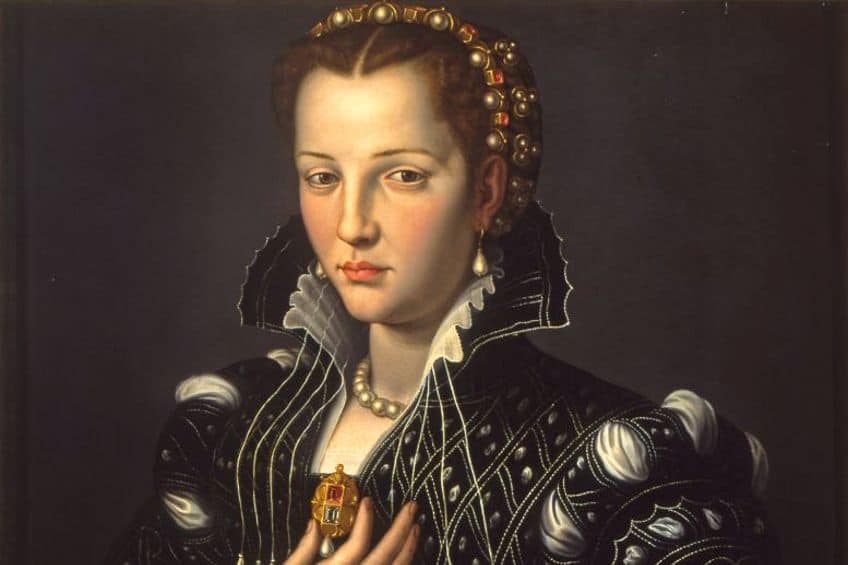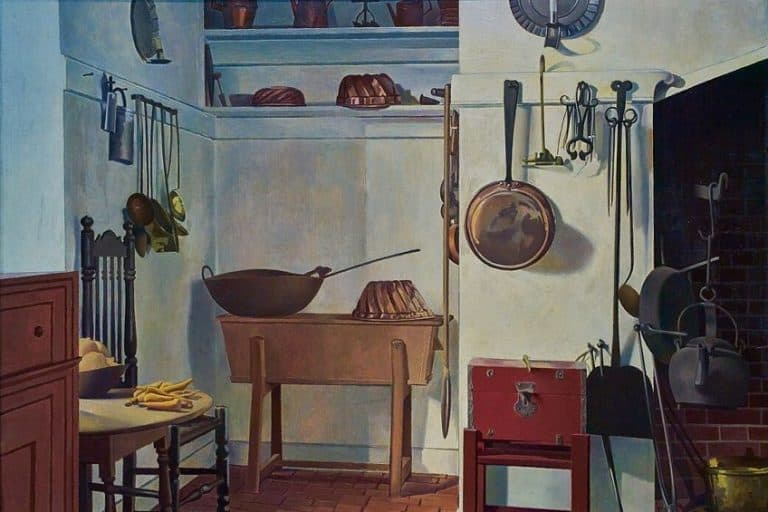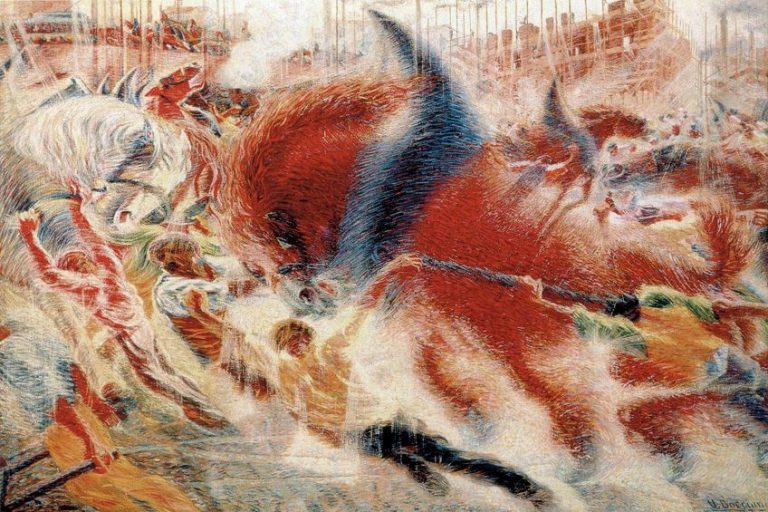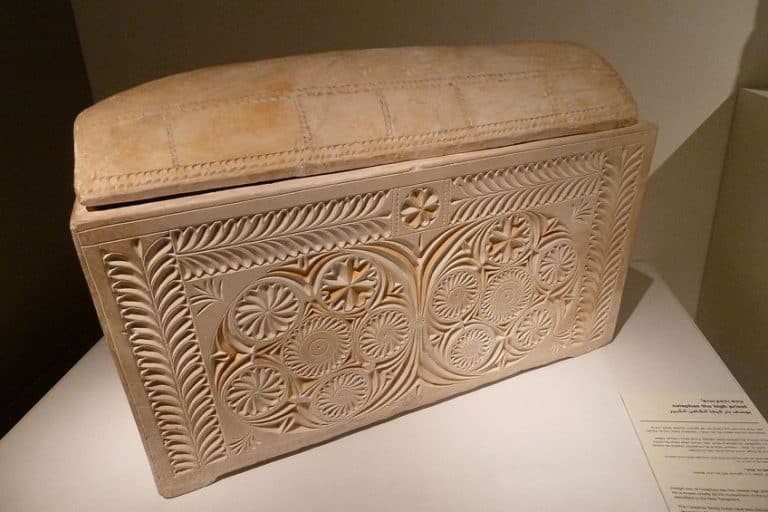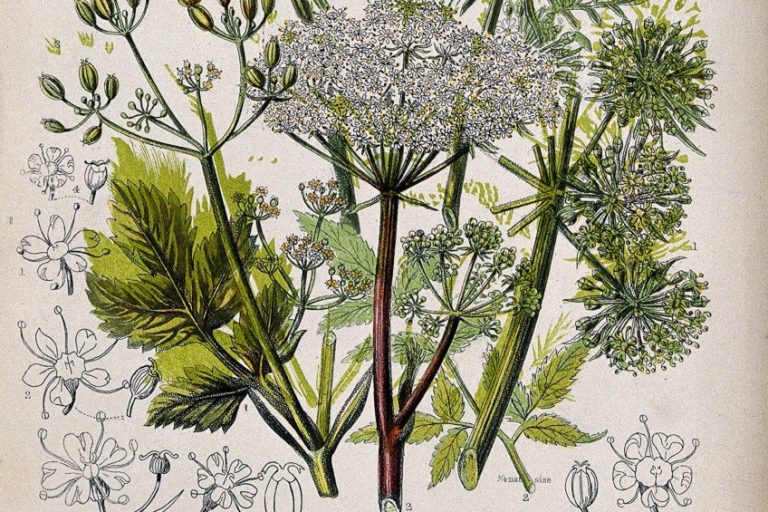Lucrezia de’ Medici – A Notable Figure in Renaissance Patronage
Lucrezia de’ Medici was a notable figure of the Italian Renaissance, born into the influential Medici family, which played a pivotal role in the cultural and political landscape of Florence. As the daughter of Cosimo I de’ Medici, Grand Duke of Tuscany, and Eleonora di Toledo, Lucrezia’s life was intertwined with the intricate power dynamics and artistic achievements of her time. Despite her brief life, she is remembered for her marriage to Alfonso II d’Este, Duke of Ferrara, which was marked by political alliances and cultural exchanges between two powerful families. Her untimely death at the age of 16 has been the subject of much historical intrigue and speculation, contributing to her enigmatic legacy in Renaissance history.
Key Takeaways
- Lucrezia de’ Medici was a Duchess of Ferrara and a member of the powerful Medici family.
- Her marriage to Alfonso II, Duke of Ferrara, at a young age, was a political union that expanded the Medici influence.
- Lucrezia’s untimely death at 21 has been surrounded by intrigue and speculation within historical contexts.
Early Life and Education
| Birth | February 14, 1545 |
| Death | April 21, 1561 |
| Place of Birth | Florence, Republic of Florence, Italy |
| Marriage | Alfonso II d’Este, Duke of Ferrara, Modena and Reggio (m. 1558) |
| House | Medici (by birth) and Este (by marriage) |
| Family | Cosimo I de’ Medici, Grand Duke of Tuscany and Eleanor of Toledo |
Lucrezia de’ Medici was an illustrious figure from the historic Medici family of Florence, Italy, who became the Duchess of Ferrara through marriage. She grew up during the Renaissance, a period of immense cultural and intellectual growth. The Medici family was a powerful and influential dynasty, known for their patronage of the arts and their strategic matrimonial alliances.

Betrothed and later married to Alfonso II, Duke of Ferrara, in 1558, Lucrezia’s move to Ferrara represented a continuation of the Medici’s influence beyond the borders of Florence. Her life in Ferrara, however, was reputedly short and tumultuous. The Duchess passed away at the young age of 16, under circumstances that have been subject to historical speculation, with theories ranging from pulmonary tuberculosis to more nefarious causes such as poisoning.
Her death marked an end to her roles as a consort and member of two significant Italian noble houses.
Birth and Medici Lineage
Born on February 14, 1545, Lucrezia was the fifth child and third daughter to Cosimo I de’ Medici, Duke of Florence, and later the Grand Duke of Tuscany, and his wife Eleanor of Toledo. Her family, the House of Medici, was one of the most powerful and influential dynasties of Renaissance Italy, known for their patronage of the arts and pivotal role in the political scene. The Medici lineage boasted prominent figures such as Lorenzo de’ Medici (The Magnificent) and his wife Clarice Orsini, Lucrezia’s great-great-grandparents. Maria Salviati, her paternal grandmother, further connected her to the legacy of Florentine power and wealth.

Education and Cultural Milieu
Lucrezia’s education unfolded amidst an era of flourishing art and intellectual growth, where women of her class were often well-versed in literature and the arts. Alessandro Allori, a notable artist of that period, may have exemplified the caliber of educators and artists present in her life, given the Medici’s established patronage of renowned artists. As was customary for noblewomen of her time, Lucrezia’s education would have included a balance of humanities and domestic skills, with a particular emphasis on the virtues and conduct expected of a lady of her standing.
Through her upbringing, Lucrezia was deeply immersed in the cultural hub of Florence, where her familial connections to the Medici’s power and influence were both a privilege and a platform for a comprehensive and culturally rich education.
Marriage and Consort Duties
Lucrezia de’ Medici’s marriage to Alfonso II d’Este brought her into the role of Duchess of Ferrara, where she conducted her duties in the Este Court. This union significantly impacted the power dynamics of Italian nobility.

Union With Alfonso II d’Este
Lucrezia de’ Medici was married to Alfonso II d’Este, the Duke of Ferrara, in 1558. The marriage was politically advantageous, linking the powerful Medici family with the Este dynasty.
Lucrezia’s dowry was substantial, reflecting the Medici’s wealth and influence at the time.
Life in the Este Court
As Duchessa Consorte, Lucrezia’s life in the Este Court was complex. She navigated the court’s intricate social hierarchy and participated in the patronage of the arts, as was expected of women of her status. Lucrezia’s presence and influence at court were noted but overshadowed by rumors of her husband’s involvement in darker affairs, including allegations of murder.
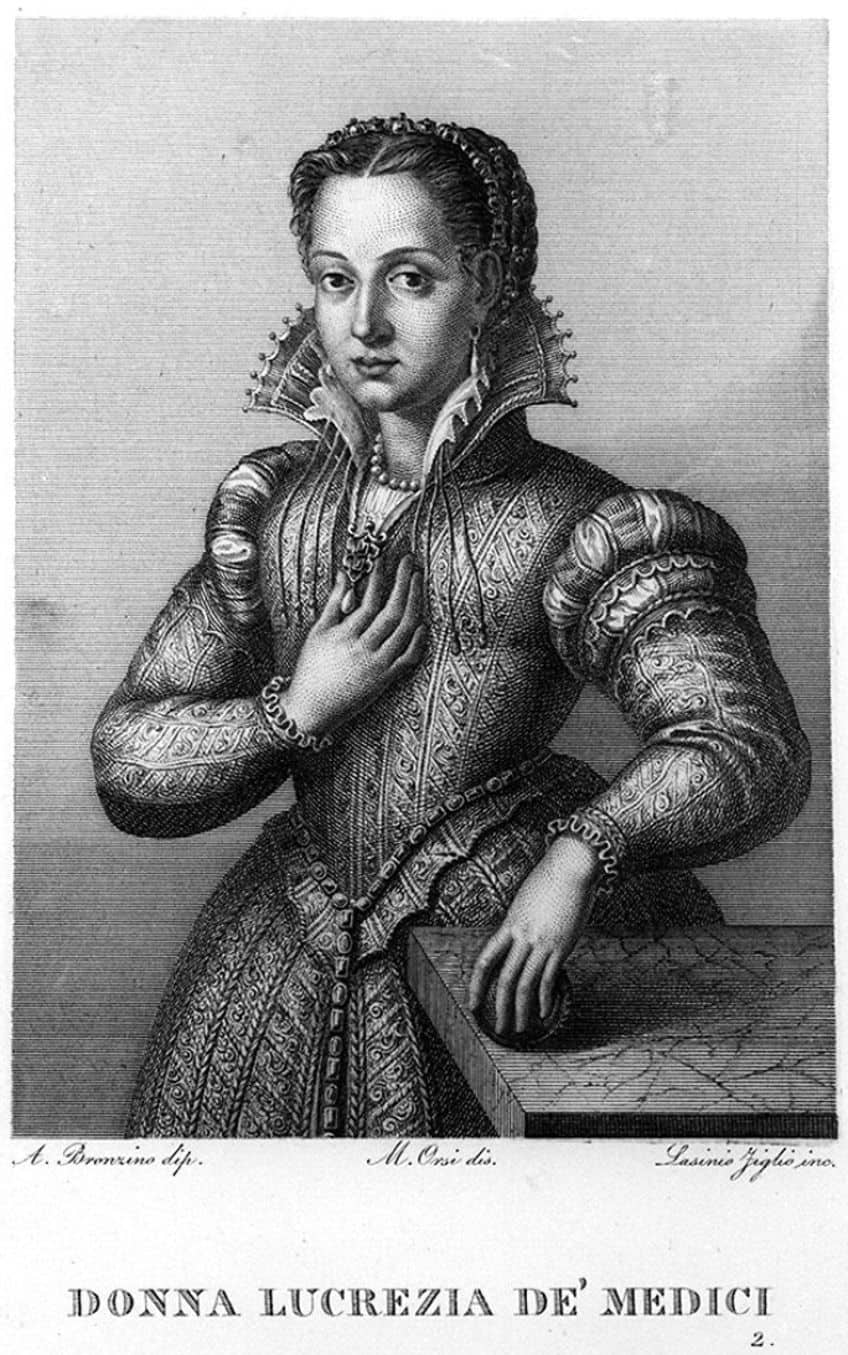
Duchess of Ferrara
Lucrezia’s tenure as Duchess of Ferrara lasted from her marriage in 1558 until her untimely death in 1561. During that period, she would have engaged with various aspects of ruling, including diplomacy and possibly intercession on behalf of her subjects. However, her influence on state matters was likely limited due to the prevailing attitudes towards women and power in the Renaissance era.
After Lucrezia’s death, Alfonso married Margarita Gonzaga, which further cemented alliances with other powerful families.
Notable Influence and Patronage
Lucrezia de’ Medici, as a member of the influential Medici family, played a pivotal role in the cultural and artistic realms of Renaissance Florence. Her patronage supported a wide array of artistic endeavors, fostering an environment where art and culture flourished.
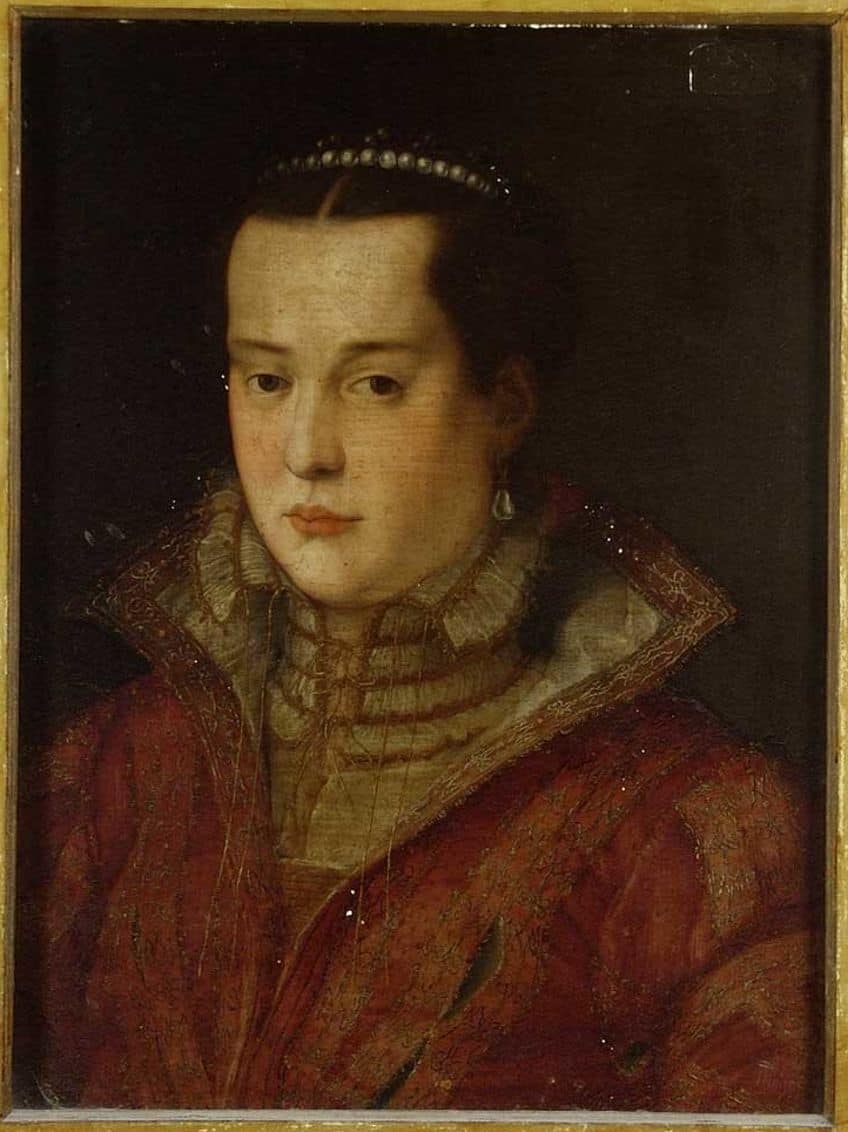
Cultural Impact and Art Patronage
Lucrezia’s patronage was instrumental in the promotion of the arts during the Renaissance. The Medici family’s support for the arts is well-documented, and Lucrezia continued this legacy. Art became a form of political expression and power for the Medici women, including Lucrezia, with patronage serving as a means to showcase their family’s wealth and influence in Florence and beyond.
- Bronzino and Francesco were among the artists who flourished due to the Medici’s patronage.
- Works commissioned by the family often contained themes that promoted the Medici’s political and social views.
Relationships With Contemporary Artists
Lucrezia’s engagements with contemporary artists highlight the Medici’s close relationships with renowned figures of the time.
- Alessandro Allori and Botticelli represent the caliber of artists who benefited from the family’s support.
- Botticelli, in particular, created several works for the Medici which remain iconic symbols of the period.
Each artist brought their unique perspective to the Medici court, creating a diverse and rich tapestry of art that illustrated the dynamics of Renaissance Florence.
Lucrezia’s influence extended beyond mere financial support—her interactions with these artists helped shape the cultural landscape of the era.
Death, Legacy, and Portrayals in Media
This section delves into the mysterious circumstances surrounding the death of Lucrezia de’ Medici, the impact of the Medici family’s legacy, and how she has been depicted in various cultural works.
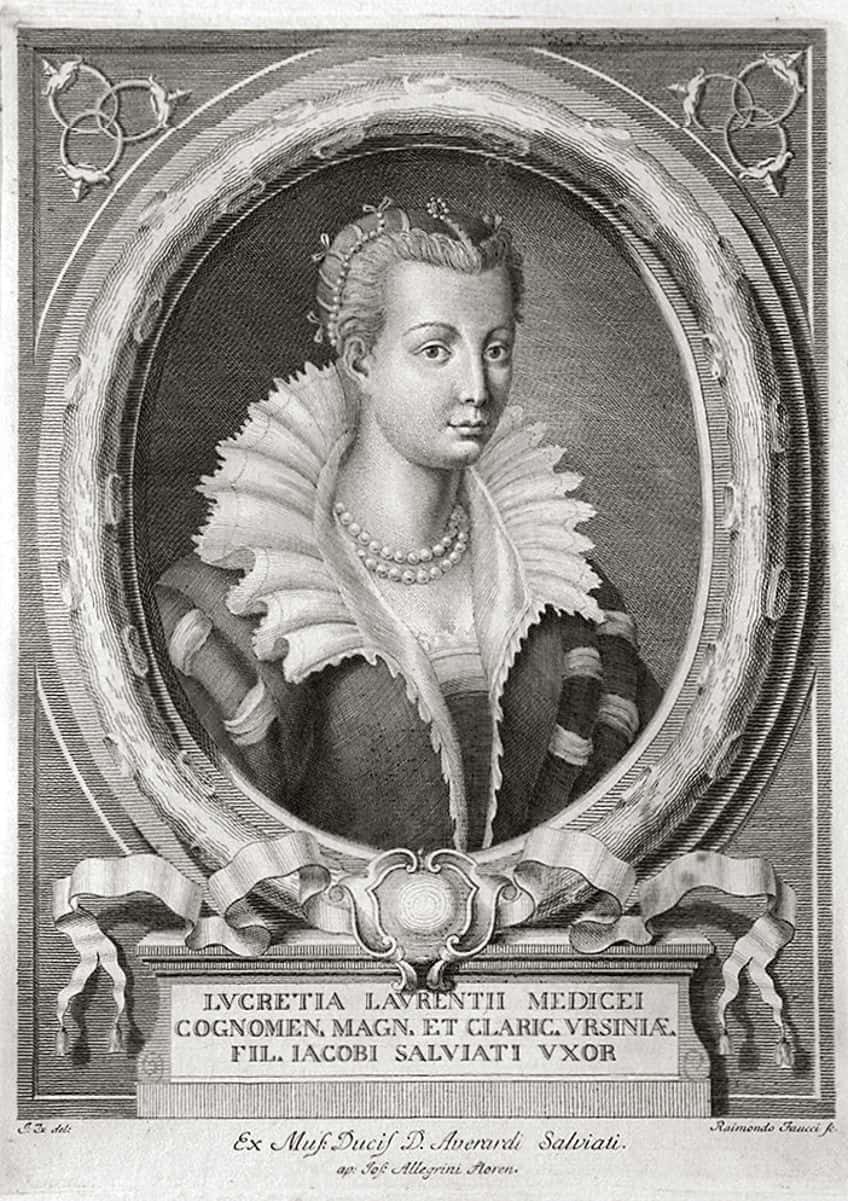
Historical Accounts and Death
Lucrezia de’ Medici, married to Alfonso II, Duke of Ferrara, died on April 21, 1561, at a young age. Historical records suggest that she succumbed to pulmonary tuberculosis. Nonetheless, there were immediate rumors postulating that she may have been poisoned.
These allegations were fueled by her unhappy marriage and the political intrigue characteristic of the period.
The Medici Legacy
The Medici family is renowned for their significant ancestry and contributions across domains such as the arts, politics, and science, representing a formidable legacy. The University of Toronto Press and various historians underscore the Medici’s influence on the Renaissance and their enduring cultural and intellectual heritage.
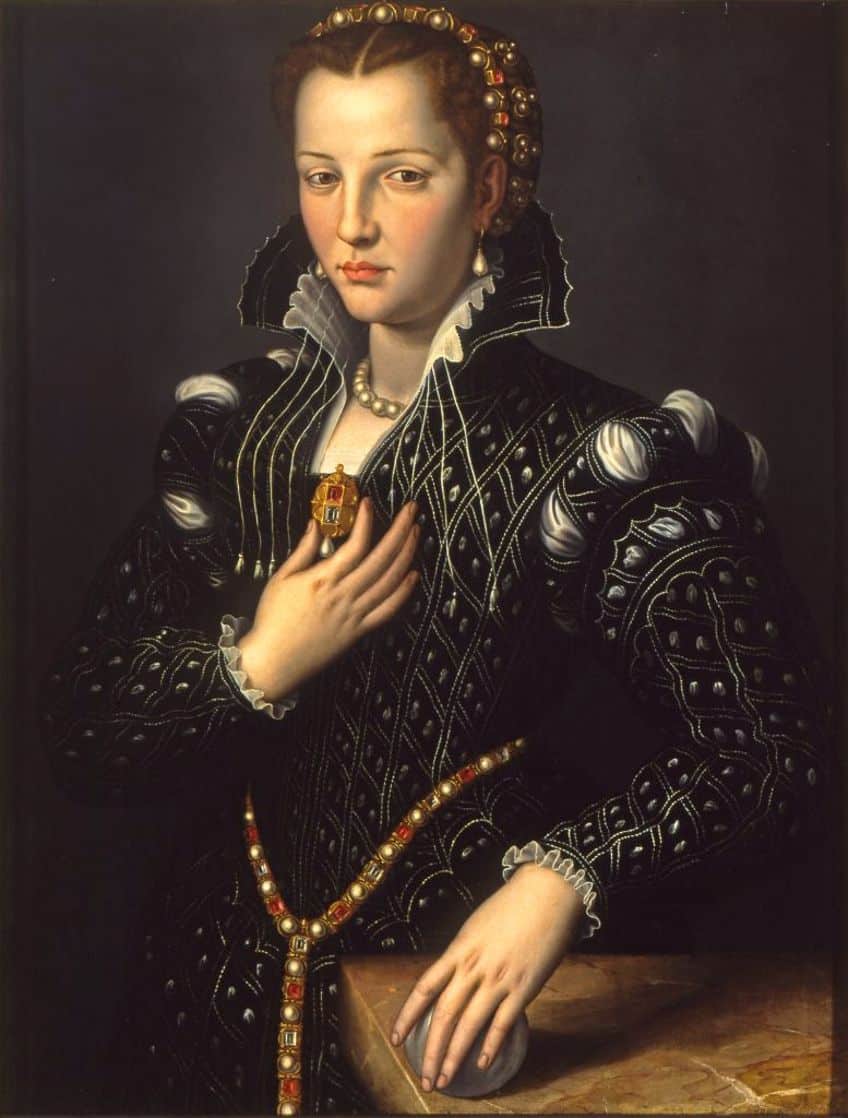
Cultural Representation and Fiction
Lucrezia’s life has inspired numerous works. Notably, Robert Browning’s poem, My Last Duchess, is loosely based on her story, implying a more sinister end. Moreover, Maggie O’Farrell captures Lucrezia’s story in her novel, The Marriage Portrait, which explores the potential of her having been murdered. The tale merges historical details with creative conjectures, framing Lucrezia within the lens of a tragic figure in fiction.
Lucrezia de’ Medici’s legacy as a figure of the Italian Renaissance remains a captivating subject of study, blending elements of political intrigue, familial dynamics, and cultural patronage. Her role as a Medici heiress and her marriage into the Este family symbolize the intertwining of art, power, and diplomacy during a transformative period in European history. Despite her tragically short life, Lucrezia’s influence echoes through the corridors of Renaissance art and politics, offering a glimpse into the complexities of aristocratic life and the enduring impact of the Medici dynasty on Western civilization.
Frequently Asked Questions
Who Was Lucrezia de’ Medici’s Husband?
Lucrezia de’ Medici was married to Alfonso II d’Este, the Duke of Ferrara, Modena, and Reggio. They were wed in 1558, aligning two powerful Italian families.
What Is Known About Lucrezia de’ Medici’s Marriage Portrait?
The marriage portrait of Lucrezia de’ Medici was crafted to commemorate her impending marriage to Alfonso II d’Este. It was a symbol of the alliance between her family and that of her husband’s.
What Was the Cause of Death for Lucrezia de’ Medici, Duchess of Ferrara?
Lucrezia de’ Medici passed away on April 21, 1561. Historical records indicate that she died of pulmonary tuberculosis, ending her life at a young age.
How Is Lucrezia de’ Medici Historically Related to Catherine de’ Medici?
Lucrezia de’ Medici was a distant cousin of Catherine de’ Medici, who became queen consort of France. Both women were members of the influential Medici family of Florence, Italy.
Isabella studied at the University of Cape Town in South Africa and graduated with a Bachelor of Arts majoring in English Literature & Language and Psychology. Throughout her undergraduate years, she took Art History as an additional subject and absolutely loved it. Building on from her art history knowledge that began in high school, art has always been a particular area of fascination for her. From learning about artworks previously unknown to her, or sharpening her existing understanding of specific works, the ability to continue learning within this interesting sphere excites her greatly.
Her focal points of interest in art history encompass profiling specific artists and art movements, as it is these areas where she is able to really dig deep into the rich narrative of the art world. Additionally, she particularly enjoys exploring the different artistic styles of the 20th century, as well as the important impact that female artists have had on the development of art history.
Learn more about Isabella Meyer and the Art in Context Team.
Cite this Article
Isabella, Meyer, “Lucrezia de’ Medici – A Notable Figure in Renaissance Patronage.” Art in Context. May 23, 2024. URL: https://artincontext.org/lucrezia-de-medici/
Meyer, I. (2024, 23 May). Lucrezia de’ Medici – A Notable Figure in Renaissance Patronage. Art in Context. https://artincontext.org/lucrezia-de-medici/
Meyer, Isabella. “Lucrezia de’ Medici – A Notable Figure in Renaissance Patronage.” Art in Context, May 23, 2024. https://artincontext.org/lucrezia-de-medici/.


